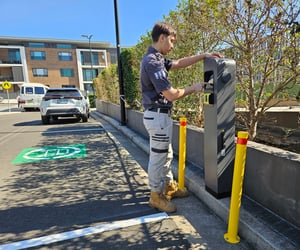OUR SERVICES
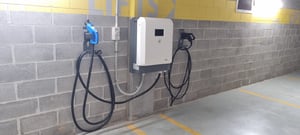
PROJECT
NSW Courthouses
EV Destination Charger Installations
CLIENT
BGIS
SERVICE
EV Charging Stations
LOCATION
NSW
TIMELINE
June 2022 - December 2022
PROJECT INFORMATION
Design, Supply and Installation of EV charging stations at 9 courthouse locations. Each location had specific site requirements and needed to ensure there was no disruption to the courthouse operations.
Scope of works:
- Design of station and all components
- Supply of equipment and materials
- Civil work resurfacing the carpark
- Work with Courthouse Management to prepare site, project management and safety management plans
- Supply and installation of dedicated charging switchboards
- Testing and commissioning of the Destination Charging Station
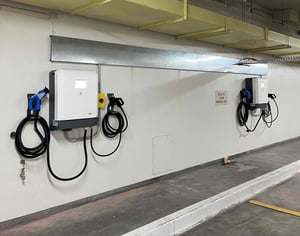
OBJECTIVES & PRIORITIES

Fit for Purpose
(compliant)
(compliant)

Quality
Workmanship
Workmanship
Minimal
Disruption
Disruption
Sustainable
Solutions
Solutions
IMPLEMENTATION PHASES
- Site Assessment: Each courthouse underwent a comprehensive evaluation to identify optimal locations for charger installation, considering power availability, user convenience, and installation feasibility.
- Infrastructure Upgrade: Where necessary, electrical infrastructure was upgraded to support the additional load of the EV chargers, ensuring that the installations were future-proof.
- Charger Installation: A variety of chargers, including Level 2 and DC fast chargers, were installed to cater to different vehicle needs and turnaround times.
- Integration: The charging stations were integrated with existing parking and facility management systems for seamless operation and monitoring.
- Commissioning and Testing: Each installation was rigorously tested to ensure reliability, safety, and ease of use.
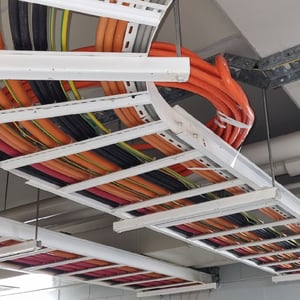
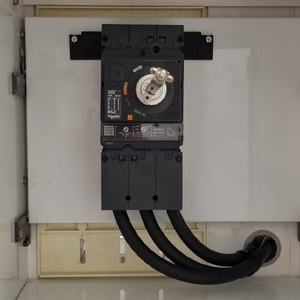
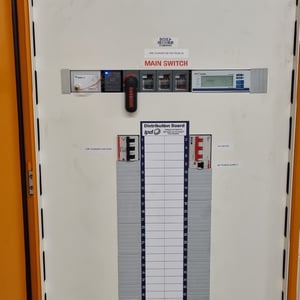
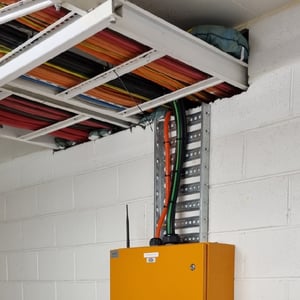
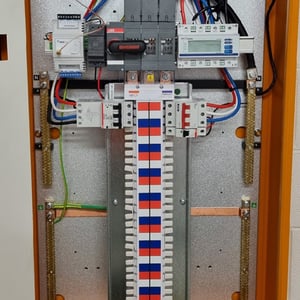
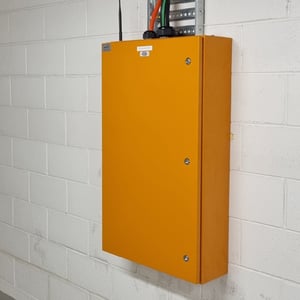
CHALLENGES & SOLUTIONS
Electrical Capacity: Some courthouses required significant electrical upgrades. Tailored solutions, including the integration of smart chargers and demand management systems, were implemented to mitigate impact on the existing infrastructure.
Historical Preservation: For courthouses with heritage significance, installations were carefully planned to respect architectural integrity while providing modern amenities.
Accessibility: Ensuring charger accessibility without disrupting courthouse operations was a priority. Strategic placement and scheduling of construction activities minimized impact.
KEY ACHIEVEMENTS
Sustainable Impact: The project significantly contributed to the reduction of carbon emissions through the promotion of EV use among courthouse visitors and staff.
Enhanced Infrastructure: The upgraded electrical infrastructure not only supported the EV chargers but also improved the overall resilience and capability of the courthouses’ electrical systems.
Public Engagement: The availability of EV chargers at courthouses has increased public awareness and adoption of electric vehicles, aligning with broader environmental objectives.
CONCLUSION
Platinum’s courthouse EV charging initiative represents a pioneering step towards integrating sustainable technologies into public infrastructure. Through meticulous planning, innovative solutions, and a commitment to sustainability, the project has set a precedent for future initiatives. It exemplifies how public facilities can play a crucial role in the transition to a greener future, providing essential services while promoting environmental stewardship.The successful implementation across diverse courthouses showcases the feasibility of adopting green technologies in various settings, paving the way for similar projects nationwide. This case study serves as a blueprint for integrating sustainability into public infrastructure, highlighting the challenges, solutions, and benefits of such initiatives.



